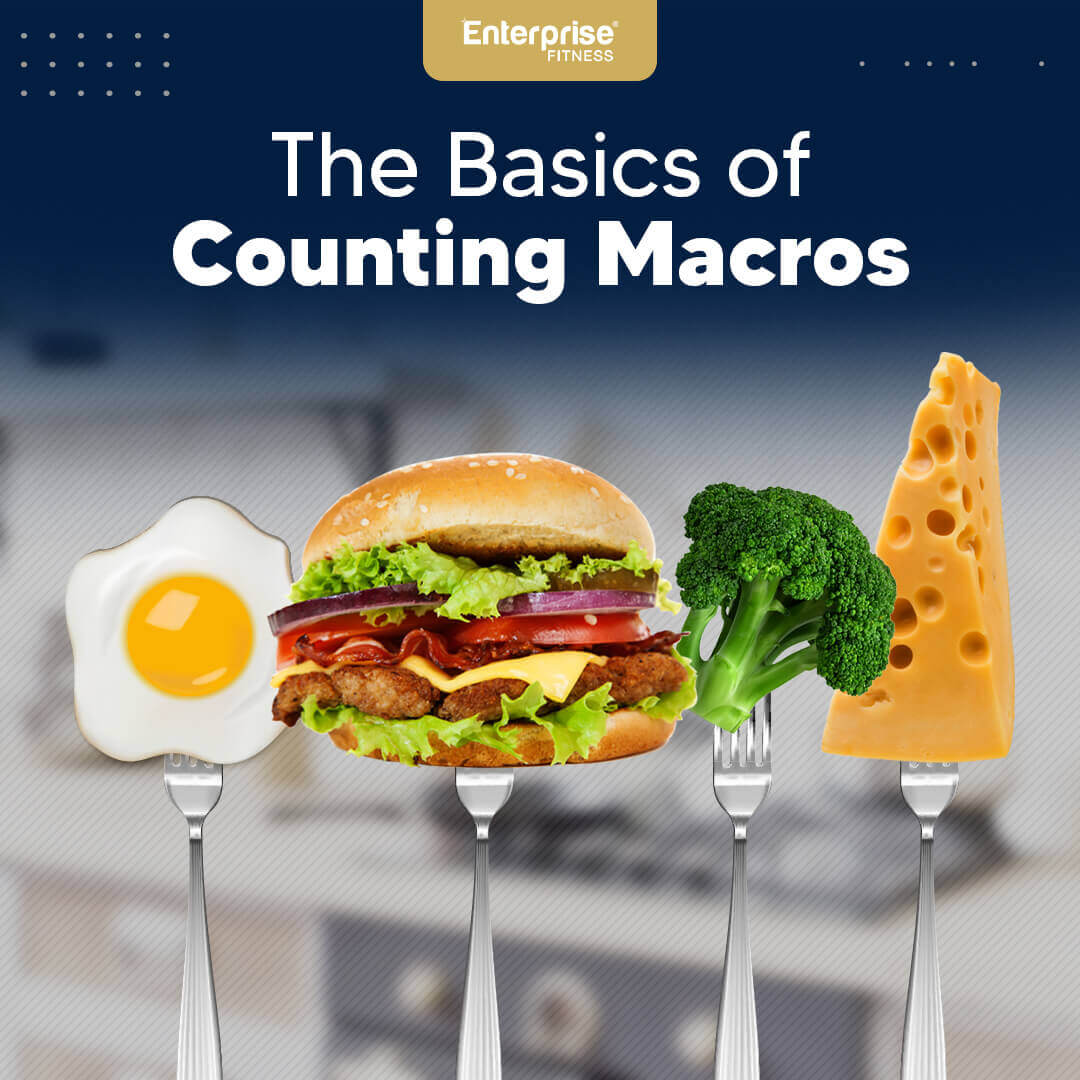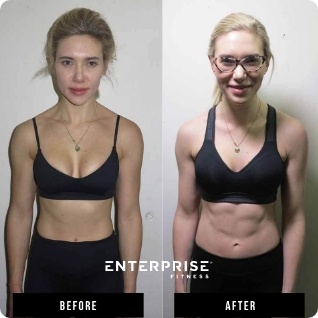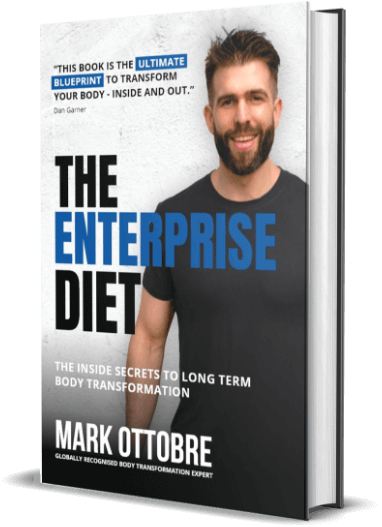Have you ever been confused by “counting your macros”? Or maybe you need a refresher?
Well, you’re in luck! Enterprise Master Coach Marshall Tan has written a comprehensive article that will equip you with everything you need to know about the basics of macronutrients.

Let’s start by breaking down what macronutrients are:
- Protein
- Fat
- Carbohydrate
- Alcohol (Yes, it is considered as a macronutrient, but is a non-essential for biological function)
Macronutrients are often referred to as macros for short. In this article we will go into details on essential macros; protein, fat and carbohydrates.
All foods, whether it be from nature or processed junk foods, have a combination of all three essential macronutrients in varying degrees. The distribution of macros is generally dependent on the source, be it harvested or hunted (i.e. tomato, apple, meats, etc) or processed (i.e. cereal, burger and etc).
Protein, carbohydrates and fats can be broken down further into subgroups. We won’t complicate things too much in this article, but take this into account, especially when a particular diet or suffering from particular food sensitivities, deficiencies and allergies.
Each macronutrient yields a different caloric value and has a different function in our bodies. Lets look at the profile of each macronutrient:
Protein
4 calories per gram
Requirement:
1.2g/kg to all the way up to 3.3g/kg (1)(2)
Protein are polymers, made up of 9 essential amino acids & 11 non-essential amino acids. Amino acids are the building blocks or structural parts of the human cells this includes, the skin, nail, hair, muscle and organs.
Carbohydrates
4 Calories per gram
Requirement:
130g per day minimum or 45 to 65 % of daily caloric intake according to RDA. (3)
Come in simple or complex forms, also referred as sugars or starches.
Carbohydrate is the easiest of the macro-nutrients to be broken down by the body and can be stored as glycogen in muscle or liver. It can also help spare breakdown of protein and fats used in a caloric deficit.
Fat
9 calories per gram
Requirement:
20-30% of Daily Caloric intake from the RDA (3)
Broken down into 4 different classes of fat types.
Fat is stored in the body as adipose tissue, and makes up part of the structural component of some cells. This macronutrient is vital for physiological functions, such as hormonal creation and immune function.
NOTE: These notes are generalised and recommended by the RDA. Recommendation can greatly change depending on body composition, goals, physical activity & health.
Food Sources
So now that that’s done, lets get into food examples of each macronutrients:
Highest Protein Sources:
| Source | Grams per 100g |
| Chicken Breast | 22.8g |
| Chicken Thigh | 19.2g |
| Beef Brisket | 21g |
| Beef Rib Eye | 24g |
| Eggs (2 whole eggs) | 13g |
| Cod | 18g |
| Tempeh | 19g |
| Seitan | 24g |
Table Ref: (4)
Note: Mostly animal based or some specific vegan based products contain a higher distribution of protein to fat/carbohydrates.
Highest Carbohydrate Sources:
| Source | Grams per 100g |
| Sweet Potato | 21g |
| Pumpkin | 6.5g |
| White long grain Rice (Cooked) | 28g |
| Basmati Rice (Cooked) | 23g |
| Oats | 67.5g |
| White Potato | 15.4g |
| Maple Syrup | 90g |
| Apple | 13.8g |
Table Ref: (4)
Highest Fat Sources:
| Source | Grams per 100g |
| Coconut Oil | 100g |
| Almonds | 60.7g |
| Avocado | 15g |
| Macadamia Oil | 100g |
| Macadamia | 76g |
Table Ref: (4)
Note: Other examples are oils, nuts and meats.
Some foods don’t perfectly fit in a macronutrient category. We call them crossover foods. Here are three common examples:
Crossover Foods:
| Source | Protein | Fat | Carbs |
| Eggs (2 whole) | 12.7g | 10.3g | 1.4g |
| Tempeh (100g) | 19g | 10.8g | 9.4g |
| Milk (250ml) | 8.8g | 2.8g | 13.2g |
Table Ref: (4)
As mentioned, most foods have a distribution of all macronutrients unless processed for one macronutrient. For example, avocado and nut variates are processed through extraction of oil hence fat is the only macronutrient of the product.
The whole idea of counting macronutrients in the health and fitness industry is to manage the physiological processes in an optimal way through getting enough of the right distribution, this is also a great way to promote favourable body composition whilst in a caloric deficit and surplus. On a caveat, there are certain moments where the health and fitness industry clash in regard to ‘optimal’ as one may be more optimal for body composition rather than health. An example being the final stages of being very lean in a photoshoot or comp prep.
To find out which macronutrient distribution is best for you, be it keto, low carb, high carb & low fat, paleo, or the carnivore diet, you can go through years and years of trial and error. However, the fastest and most efficient way is to hire a great coach such as our Enterprise Fitness team, who will guide you according to your goals.
Article written by Marshall Tan, Enterprise Fitness Master Trainer
About Marshall

Marshall is a former Amateur Olympia Physique competitor, winning the IFBB Amateur Olympia show in 2016. Marshall has trained royalty, athletes and mostly, everyday people to being their very best. Marshall carries a degree in nutrition and enjoys meditation and cooking.
References:
- Leaf A, Antonio J The Effects of Overfeeding on Body Composition: The Role of Macronutrient Composition – A Narrative Review. Int J Exerc Sci. (2017)
- A Antonio J, et al. A high protein diet (3.4 g/kg/d) combined with a heavy resistance training program improves body composition in healthy trained men and women–a follow-up investigation J Int Soc Sports Nutr. (2015)
- Institute of Medicine, Food and Nutrition Board. Dietary Reference Intakes: energy, carbohydrates, fiber, fat, fatty acids, cholesterol, protein, and amino acids. Washington: National Academies Press; 2002.
- MyFitnessPal & Cronometer, Nutritional Value Database. (2020)













